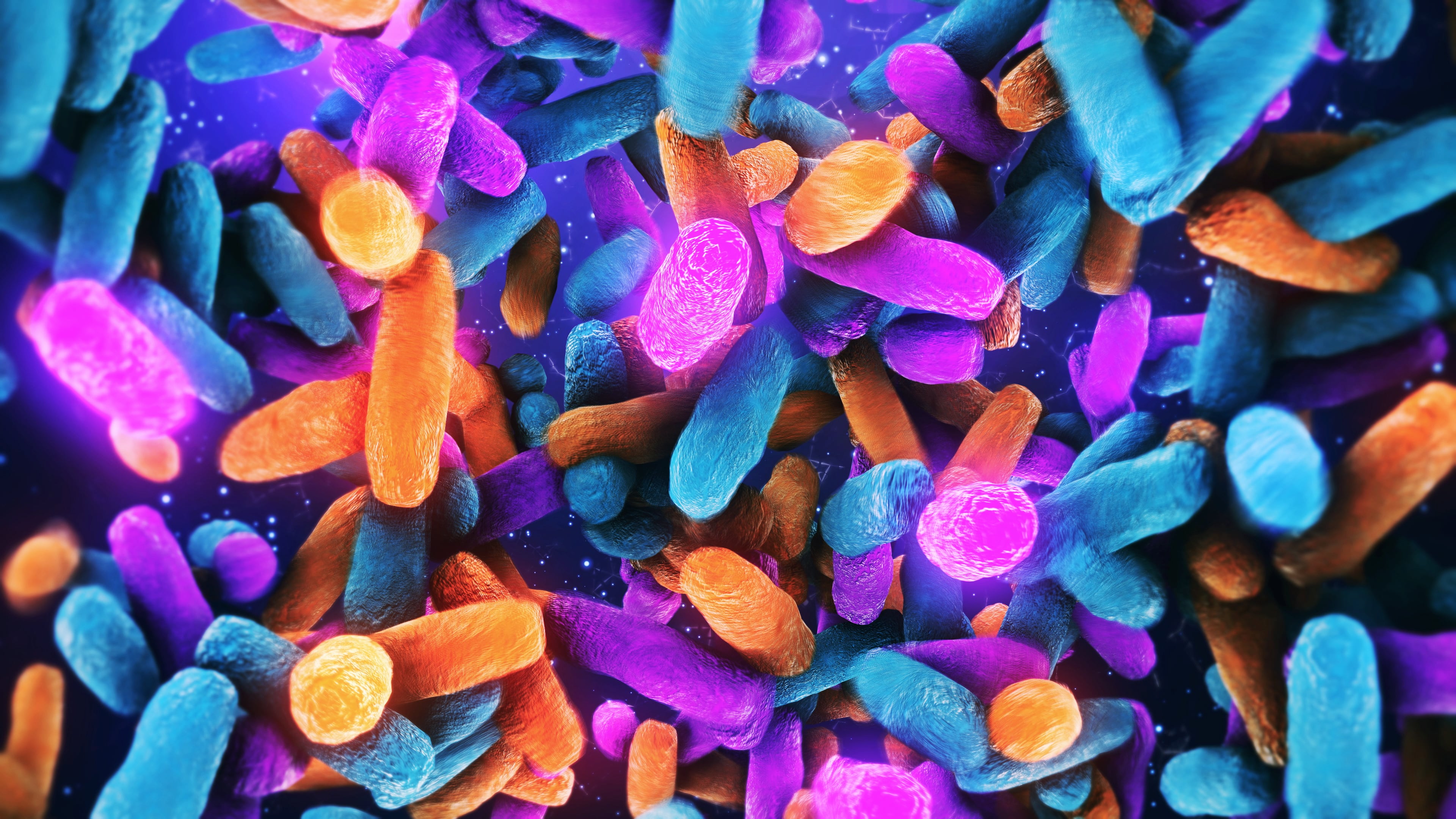While remaining in its infancy, prebiotic confectionery has been growing in functional formulations in recent years. Known for their high-fibre content and healthy gut bacteria, prebiotics have gained a reputation as a formidable functional food ingredient, standing out as a sought-after claim, particularly on dairy products such as yoghurt.
Over the last five years, prebiotics have increasingly moved into the confectionery sector, sharing the space with other popular functional confectionery formulations must-haves, like sweet protein content, high-fibre products, vitamin and mineral ingredients and those boasting antioxidant and herbal properties.
Health and wellness interest drive prebiotics popularity
According to Innova Market Insights, two out of five consumers accept prebiotics in their foods, suggesting that a manufacturing move into confectionery would be a familiar inclusion and therefore encourage uptake from health-conscious consumers.
Today, consumers are actively exploring ways to prioritise their health and wellbeing without compromising on flavour, format, taste and texture. In Innova’s 2024 US research, almost 60% of consumers said that information about healthy food options is important to them and that many compare packaging labels to assess the contents’ nutritional credentials.
As the better-for-you confectionery segment sees consumers opting for healthier alternatives to traditional chocolate, sweet and gum varieties, prebiotics confectionery is joining the likes of reduced-sugar, plant-based and added-functionality claims. Known for spurring the growth and activity of good-for-you microorganisms, packing products with prebiotics appears a simple and appealing way for consumers to enjoy their favourite indulgent treat while opting for a functional, feel-good product.
Prebiotics are having particular success in the indulgent confectionery space, as they can be used to reduce sugar in categories including chocolate and gummies. Permissible indulgence has been a prominent trend, spotlighting consumers’ interest in health and wellness alongside enjoying tasty treats. Confectionery brands opting to communicate their functional ingredients can help to differentiate their products from their competitors with prebiotic claims.
Innova’s research found that prebiotics are particularly important among younger consumers, with prebiotic claims rising significantly since their early days in 2019. As younger consumers age and develop health concerns, prebiotic ingredients will likely grow in importance in the foods they purchase and consume. While fibre-fortified claims tend to resonate stronger than prebiotics with older consumers, manufacturers may refer to prebiotics as functional fibres in the future to gain traction.
Prebiotics brands growing in prominence
Lil Goodness
The Indian prebiotic confectionery brand specialises in developing sweet treats that put prebiotics front and centre in its formulations. Its product range contains prebiotic fibres that enable the absorption of vitamins and minerals.
Creating milk and dark chocolate varieties, Lil Goodness has also developed its prebiotic chocolate in popular, familiar flavours like orange peel and fruit and nut as well as more unusual varieties such as teff crackle and supergrain crackle.
Funday Natural Sweets
Australian lollipop and sweet company, Funday Natural Sweets, formulates its confectionery products with seven grammes of prebiotic fibre.
Along with creating its no-added sugar range, the sweet name taps into the newstalgia – new and nostalgia – trend, blending functional prebiotic-packed formulations with fun concepts and bright packaging. Funday Natural Sweets’ lineup includes fruity gummy snakes, raspberry gummy frogs, sour peach hearts and its strawberry and cream flavour combination.
Double D
Celebrating over 100 years in business, another Australian functional confectionery brand, Double D, has developed its smart sweets and sugar-free Fruit jellies product ranges. With 22 grammes of prebiotic fibres in their formulations, the brand strives to put fun into functionality with interesting flavours and bear-shaped sweets.
Available in flavours including fruit and cream, berry, sour and cola sours, Double D also launched a choose your flavour campaign, resulting in the brand releasing its limited-edition sour watermelon product variety which will remain one of its permanent flavours due to popular demand.
Blockhead Gum
British brand Blockhead Gum has been making a name in the functional confectionery category in recent years, having launched its strawberry-flavoured gum. The prebiotic gum offering contains branch chain amino acids (BCAAs) and is vegan, gluten-free and GMO-free.
Harken Sweets
Candy bar start-up Harken, which launched in the US 2024, has formulated its confectionery with 13 grammes of prebiotic fibre. With plans to grow the better-for-you confectionery segment, Harken’s founder Katie Lefkowitz wants to “nutritionally overhaul” the confectionery category and use “the power of date fruit”.
The women-owned, non-GMO brand comes in three flavour varieties, including pretzels and date caramel, salted date caramel and peanuts and date caramel and is now available at Walmart.
Protein Candy
Some brands put prebiotics centre stage, and then you have those that include probiotics along with a list of functional benefits. Protein Candy, as the name suggests, puts protein at the core of its sweet offering.
Yet as well as including 14 grams of total protein, it also contains 140 calories per serving, four grams of sugar and is formulated with six grams of prebiotic fibre.
Postbiotics: The next era in ‘biotics’ confectionery
Beyond its more familiar prebiotics and probiotics markets, postbiotics hold promise as the new big functional focus in confectionery. The postbiotics market was valued at $1.6 billion in 2021 and is expected to reach $3 billion by 2031.
The International Scientific Association for Prebiotics and Probiotics (ISAPP) defines postbiotics as “preparations of inanimate microorganisms and/or their components that confer a health benefit on the host”.
Probiotic bacteria produce postbiotics and are the result of natural gut microorganism production. Known for having a longer shelf life and acting faster than probiotics, postbiotics include enzymes, peptides, vitamins and plasmalogens. They are associated with health benefits such as improving consumers’ immune systems and reducing IBS and allergy symptoms.
According to global insights provider Euromonitor International, functional postbiotic ingredient application and development has growth potential, with investment in R&D providing fruitful possibilities in Asia in particular.
Several food developers produce postbiotic ingredients, paving the way for confectionery manufacturers to include these in their formulations. Tetra Pak’s R&D facilities have worked on blends to support the normal functioning of the immune system, Fonterra and Superbrewed Food teamed up to progress their postbiotic protein technology and Bioflag Group is engaging in the clinical validation of postbiotics.




